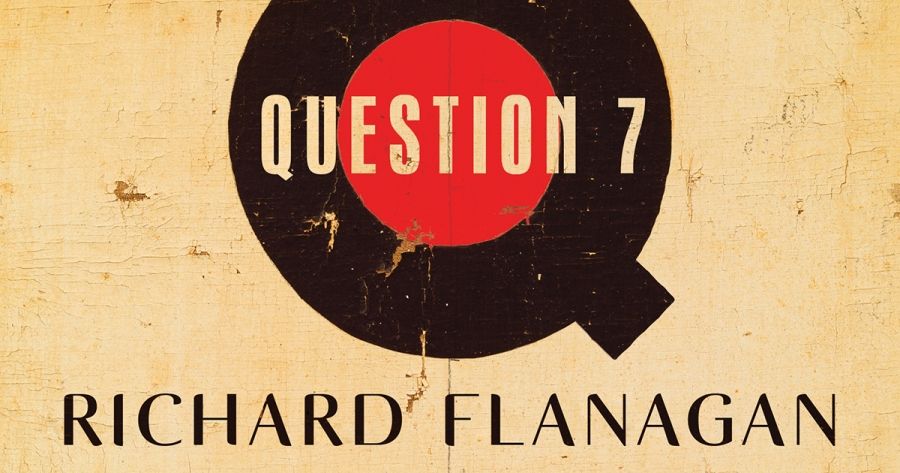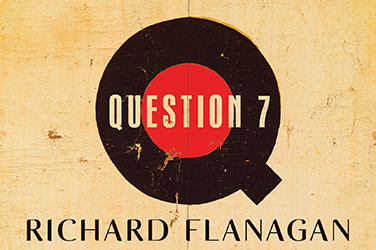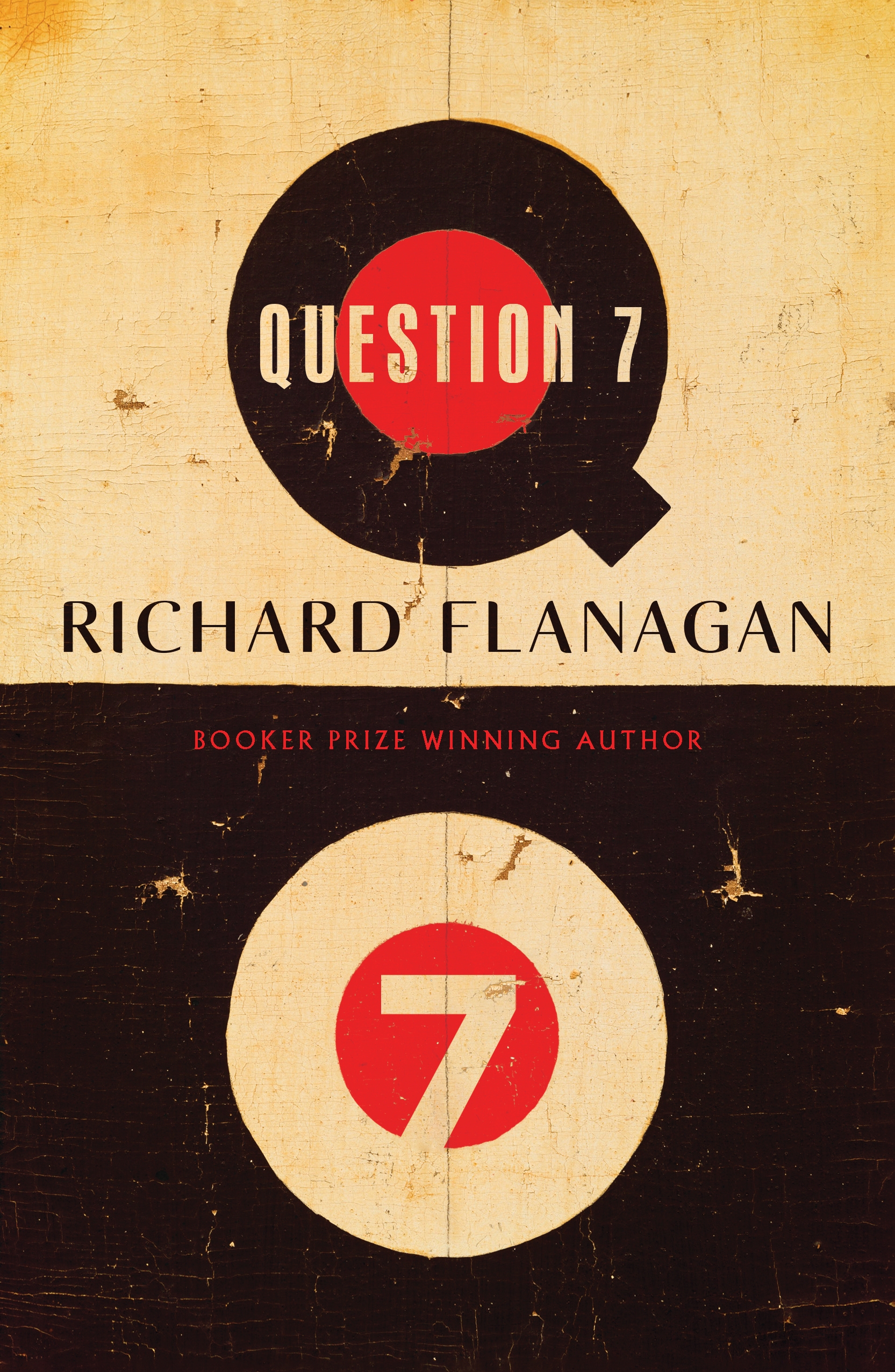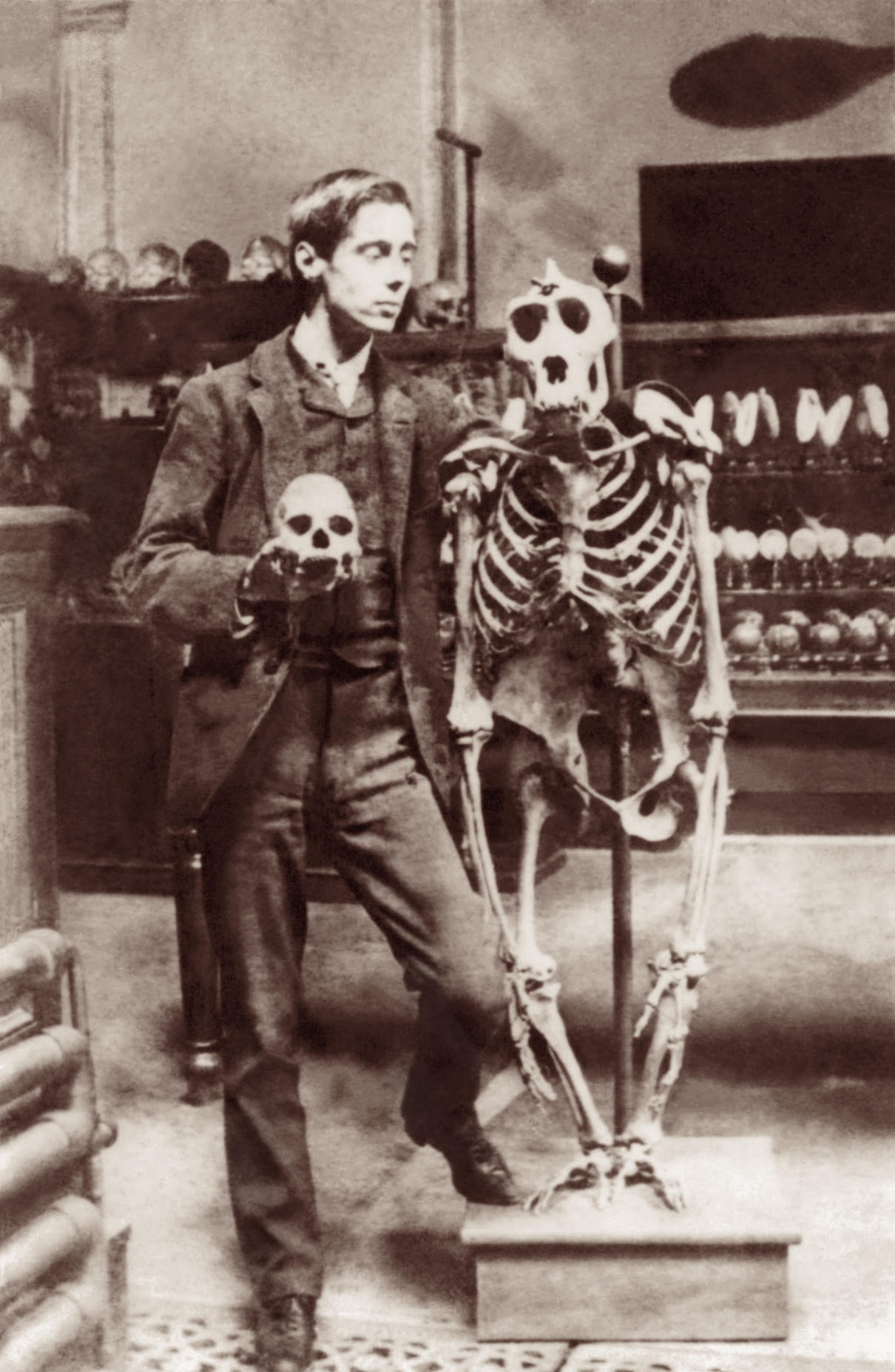
- Free Article: No
- Contents Category: Fiction
- Review Article: Yes
- Article Title: The measure of things
- Article Subtitle: Flanagan’s looping book of questions
- Online Only: No
- Custom Highlight Text:
When Richard Flanagan left school, he tells us early in Question 7, he worked as a chainman or surveyor’s labourer, ‘a job centuries old set to vanish only a few years later with the advent of digital technology’. Chainmen would have followed the surveyors who mapped Van Diemen’s Land and the rest of the British Empire; their task was to ‘drag the twenty-two-yard chain with its hundred links with which the world was measured’. The clanking surveyor’s measure evokes convict chains, and it demonstrates one of the principles at the heart of this book: that the past lives and redounds in the present. The chainman is a descendant of convicts, and he insists that ‘there was no straight line of history. There was only a circle.’
- Featured Image (400px * 250px):

- Alt Tag (Featured Image): Catriona Menzies-Pike reviews 'Question 7' by Richard Flanagan
- Book 1 Title: Question 7
- Book 1 Biblio: Knopf, $35 hb, 288 pp
- Book 1 Cover Small (400 x 600):

- Book 1 Cover (800 x 1200):

Flanagan describes Question 7 as a ‘love note’ to his parents and to Tasmania. It is a family history, of sorts, loaded with historical ironies and repetitions and cruelties, a memoir that provides an account of how the surveyor’s assistant became a writer, seeking other, better tools with which to measure the world. One of the epigraphs to the book is taken from an 1851 review in the Hobart Mercury of Moby-Dick: ‘The author has not given his effort here the benefit of knowing whether it is history, autobiography, gazetteer, tragedy, romance, almanac, melodrama, or fantasy.’ This epigraph signals Flanagan’s intention to write a work that is formally sui generis, as well as his ambition, which is, as ever, cetacean in dimension. Obviously, he scoffs at the folly of critics.
As the epigraph promises, many genres of books and writing are condensed in the ten sections of Question 7: a memoir, yes, one that includes several affecting family portraits; a fictionalised encounter between Rebecca West and H.G. Wells, and an account of Wells’s subsequent flight to Switzerland, where he wrote The World Set Free (1914); a long essay on moral relativism and virtue; a splenetic sketch of Flanagan’s stint as a Rhodes scholar in Oxford; a few swings at the ‘po-faced hypocrisies and dreary homilies’ of the Australian literary scene. Flanagan retreads ground that will be familiar to readers of his fiction. Reportage from a trip to Japan to meet guards from the POW camp where his father was incarcerated during World War II is folded into Question 7, and so is a gripping account of the young Flanagan’s experience of death-in-life on the Franklin River.
This pluriform work strives for coherence through a process of what we may term speculative autobiography. Just connect, advised E.M. Forster, and that appears to be Flanagan’s approach to history. ‘I only write this book that you are now reading, no more than a love note to my parents and my island home, a world that has vanished,’ he tells us, because ‘over a century ago another writer wrote a book that decades later seized another mind with such force that it became a reality that reshaped the world.’ Wells’s The World Set Free was read by the Hungarian physicist Leo Szilard, ‘seized’ him, helped form his fears and ambitions and, by Flanagan’s account, led him to the discovery of the nuclear chain reaction, and in doing so set in train the Manhattan Project. Take a breath, then another leap. Had the atomic bomb not been dropped on Hiroshima, a land invasion of Japan would have been mounted, and Flanagan’s POW father would surely have died, and Flanagan the writer might never have lived. Here the autobiographical subject understands himself to be the child of historical contingencies, his existence inextricable from the annihilation of others, his life complicit with death. If the surveyor’s chain is an inadequate tool for understanding a landscape, the nuclear chain reaction is an unconvincing figure for historical causation, if a grandiose one. Self-mythologisation is the prerogative of the memoirist – I think Flanagan would prefer the term self-invention – but it’s working on a scale that brings Question 7 right up to the edge of self-parody.
 A young H.G. Wells posing with skull and gorilla skeleton in the 1880s, likely while studying biology at the Normal School of Science (later the Royal College of Science in South Kensington) in London under Thomas Henry Huxley (Alpha Historica/Alamy)
A young H.G. Wells posing with skull and gorilla skeleton in the 1880s, likely while studying biology at the Normal School of Science (later the Royal College of Science in South Kensington) in London under Thomas Henry Huxley (Alpha Historica/Alamy)
The offset refrain ‘That’s life’ closes several sections of Question 7, as if in laconic acquiescence to the surfeit of continency and cruelty the book witnesses. The authorial persona of this book is a very serious-minded man; there’s precious little levity in Question 7, and although Flanagan is a blunt observer of historical ironies, he’s not inclined to self-irony. This matters nought when Flanagan’s fluvial prose attains the intensity and momentum required to carry the reader downstream, and it often does. When the crescendo is broken by aphorism – as it often is – the effects are diminished. Maddening aphorisms, the refrain ‘that’s life’ chief among them, present to the reader summative cliché and glib sentimentality as if they were profound insights.
Tasmania remains the centre of the circle of history for Flanagan, and so too the brutal legacy of settlement. In Tasmania, he writes, ‘history constantly failed, history constantly recurred not as answers or comfort, not as a story of progress, but as a massacre site, a napalmed logging clearfell, convict words that spoke of what couldn’t be spoken, mythical beings long dead that kept returning, haunting, asking of me something I have spent a life trying and failing to answer’. This passage distils the stylistic and thematic impulses of Question 7 nicely: a sweeping engagement with history ultimately brings the author back to himself. Flanagan is right to denounce a metrical approach to suffering – that is why he put aside the surveyor’s chain – but in gathering these incommensurate horrors of Tasmanian history in a dramatic crescendo of clauses, he implies equivalences when far more careful treatment is warranted.
Flanagan often works in an elegiac mode. ‘So much of the world from my childhood has gone with it,’ he writes, ‘I was born into the autumn of things.’ There are many such moments of Yeatsian foreboding in Question 7 (‘in Tasmania, history did not hold and reality was otherwise’) and they harmonise with the Nietzschean thinking about recurrence, and the Faulknerian rhythms of repetition and concealment. It is possible to detect a kinship to W.G. Sebald’s associative method here – that most Sebaldian of nouns, oblivion, is used to fine effect several times – but otherwise Flanagan admits few contemporary influences on his work. Allusions to the literature of the first half of the twentieth century abound, and especially to the modernist canon, but the absence of contemporary voices leaves this work estranged from the present. This absence is particularly acute in the sections of Question 7 which disaggregate convict history from settler history and advance a cautious thesis about the indigenisation of freed convicts in Tasmania in the nineteenth century. This book was written in the tumultuous year of the Voice referendum, and yet Flanagan finds himself able to reflect on being the issue of ‘a genocidal and a slave society’ without any direct reference to Aboriginal writers. He opens the Acknowledgments with a recognition of the work of young Yolŋu woman Siena Stubbs, which he says ‘informs this book deeply’, but without even a citation, it’s impossible to understand how.
The present of Question 7 is the terminus of the traumas of the past. As I wrote this review, a convincing majority of Australians rejected the Voice, the heartbreaking culmination of a campaign rife with racism and misinformation. Hamas invaded Israel, Israel retaliated. We do not need to look backwards to perceive the brutality of settler colonialism, indeed we would do well to look around us. History repeats, sure. A chain reaction of violence delivers to us the wreckage of the present, fine. That’s life? Such adages reek of complacency, of passivity. Flanagan’s looping book of questions about the inescapable past provided me neither with consolation nor with new tools to take the measure of our contemporary world.


Comments powered by CComment